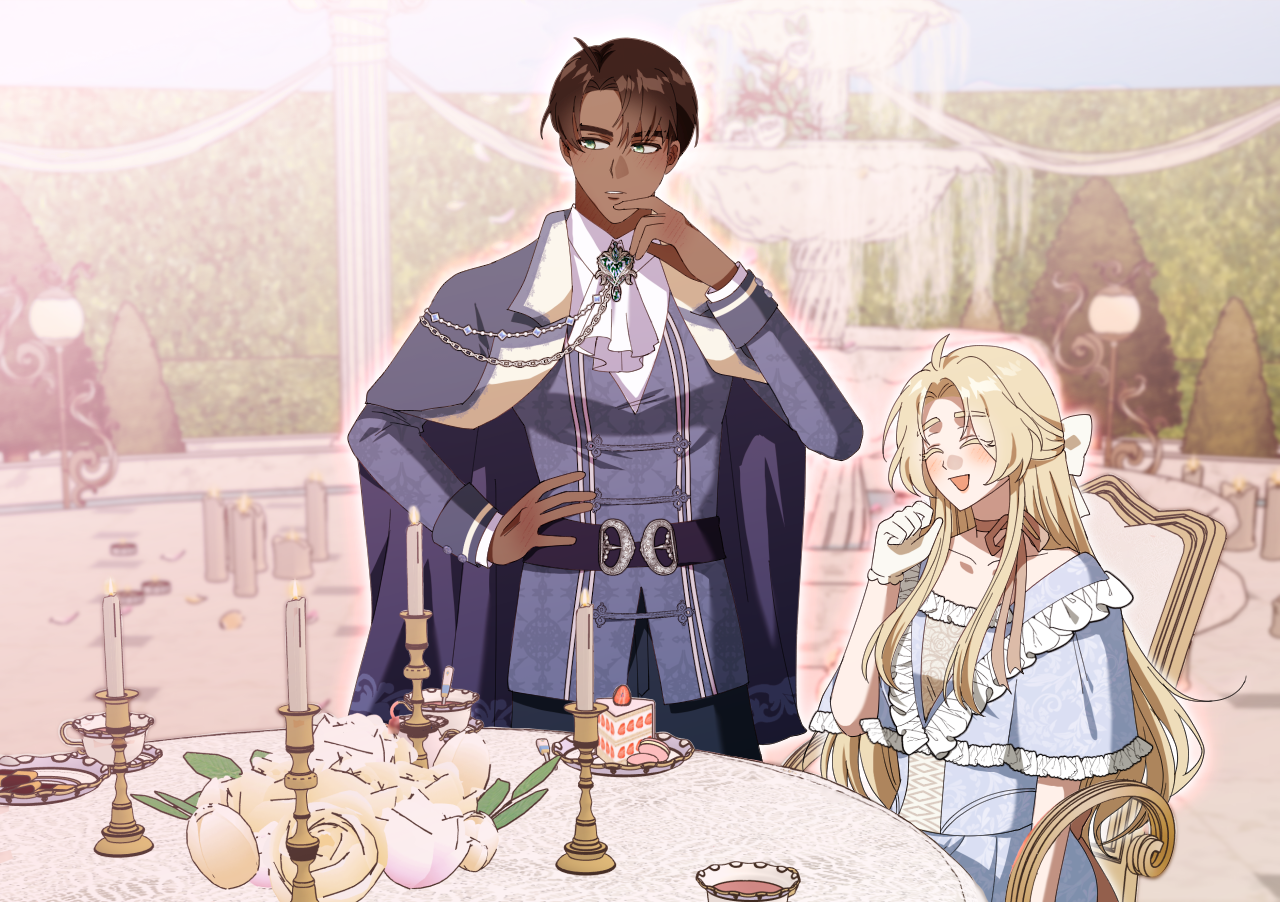Webtoon Illustration Pricing for Full Episodes: How Much to Charge?
Illustrate Now
In the fast-paced world of webtoon publishing, one challenge continues to surface for creators and illustrators alike: pricing models that fail to reflect the creative weight of emotionally and visually intense episodes.
While per-panel and flat-rate pricing models are common, they often ignore a crucial factor—story impact. This article explores why pricing should evolve to value not just the quantity of art produced, but the narrative power behind it.
Table of Contents
ToggleWhat Is “Story Impact” in Webtoons?
Story impact refers to the emotional and narrative significance of an episode. These high-impact scenes are often:
- Pivotal plot twists or major character reveals
- Emotional climaxes or intense fight scenes
- Cinematic world-building sequences
- Key moments that generate fan discussions and re-reads
Visual Example (Insert side-by-side images)
- Scene A: A calm café conversation
- Scene B: A dramatic stormy rooftop confrontation
Caption: Both scenes are 20 panels, but one requires 3x the effort due to lighting, composition, and emotional expression.
The Disconnect in Current Pricing Models
Most pricing today is based on:
- Flat per-episode rates
- Per-panel pricing
- Style-based tiers (e.g., simple, standard, rendered)
These approaches don’t account for how demanding high-impact scenes can be in terms of time, mental energy, and artistic execution.
Artist Insight
“I spent 40 hours on a major episode packed with symbolism and crowd scenes—yet got paid the same as a chill dialogue scene.” — Anonymous Illustrator
Why Story Impact Should Influence Pricing
Creative Labor Has Layers
High-impact episodes often require:
- Emotional storytelling through expression and body language
- Dynamic camera angles and scene composition
- Complex lighting and special effects
- More back-and-forth with writers or art directors
Example Tools Used: Clip Studio Paint with advanced brush sets, 3D reference models, multi-layer rendering for lighting/FX.
Fair Compensation Prevents Burnout
Flat rates often lead to underpayment for labor-intensive scenes. Artists may start resenting their workload, leading to:
- Creative fatigue
- Missed deadlines
- Burnout or resignation
Anecdote: “Three illustrators we’ve worked with reported needing extended breaks after clusters of underpaid, high-impact episodes.”
High-Impact = High ROI
From a business perspective, high-impact episodes often generate:
- 2.3x more shares on social media
- 40% more reader engagement
- Stronger fan retention
Yet they still take 30–50% more time than standard episodes.
How to Integrate Story Impact Into Pricing
1. Tiered Pricing by Episode Type
| Episode Type | Avg. Hours | Suggested Rate Range |
|---|---|---|
| Standard Dialogue | 12 hrs | $300–$500 |
| High-Impact (emotional/action) | 20–25 hrs | $600–$900 |
| Cinematic (spectacle/world-building) | 30–40 hrs | $900–$1500+ |
Note: Adjust these rates based on region, artist experience, and style.
2. Pre-Production “Impact Flagging”
Writers and illustrators should tag upcoming episodes based on narrative intensity:
- Use collaborative scripts or checklists to label “impact moments”
- Build extra time and budget into the production pipeline accordingly
3. Flexibility with Add-Ons
Instead of rigid pricing:
- Set a base rate
- Add fees for elements like:
- Multi-character combat scenes (+$150–$300)
- Unique background/setting designs (+$100–$200)
- Heavy FX or lighting complexity (+$100+)
Case Study: Applying Narrative-Weighted Pricing
A webtoon studio adopted tiered pricing for a 30-panel action-packed episode. Here’s the result:
- Before: $400 flat rate, 35-hour artist time
- After: $400 base + $250 high-impact + $100 consultation = $750
- Outcome: Improved artist satisfaction, 2.5x more social shares, longer fan engagement
“Once we aligned pay with narrative weight, artist morale and episode quality both improved.” — Webtoon Studio Manager
Final Thoughts
Webtoon illustration pricing for full episodes must evolve. It’s not about inflating budgets—it’s about recognizing the creative labor behind the emotional moments that captivate readers.
When we value story impact:
- Artists are empowered and fairly paid
- Readers get unforgettable storytelling
- Studios gain better long-term returns
If you’re a client or studio, start identifying your “impact-heavy” episodes early. If you’re an artist, advocate for narrative-tiered pricing to match your effort with fair compensation.
FAQs
1. What does “story impact” mean in webtoon illustration pricing?
Story impact refers to the narrative and emotional significance of an episode. High-impact episodes include major plot twists, emotional climaxes, complex action scenes, or detailed world-building moments that require more time, effort, and artistic skill to illustrate.
2. Why should webtoon illustration pricing reflect story impact?
Because not all episodes demand the same level of artistic complexity or emotional intensity. Pricing that accounts for story impact ensures artists are fairly compensated for the extra time and creative labor invested in visually demanding or emotionally charged episodes.
3. How is story impact measured or identified?
Story impact can be flagged during the scripting or pre-production stage by writers, artists, or art directors. Episodes are categorized based on narrative weight—such as standard dialogue scenes, high-impact emotional moments, or cinematic action sequences—to help adjust pricing accordingly.
4. How does story-impact pricing benefit artists?
It prevents underpayment and creative burnout by recognizing the disproportionate effort required for complex scenes. Artists receive fair compensation that reflects the additional time, skill, and emotional labor involved in high-impact episodes.
5. Does this pricing model make webtoon production more expensive?
Not necessarily. It encourages studios and clients to allocate budgets more effectively by investing in episodes that drive audience engagement and storytelling impact. Fair pricing can improve artist retention and episode quality, leading to better returns overall.







